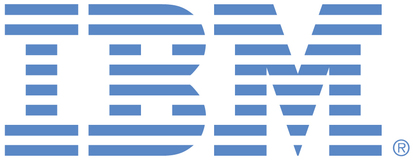
This is an IBM Automation portal for Integration products. To view all of your ideas submitted to IBM, create and manage groups of Ideas, or create an idea explicitly set to be either visible by all (public) or visible only to you and IBM (private), use the IBM Unified Ideas Portal (https://ideas.ibm.com).
Shape the future of IBM!
We invite you to shape the future of IBM, including product roadmaps, by submitting ideas that matter to you the most. Here's how it works:
Search existing ideas
Start by searching and reviewing ideas and requests to enhance a product or service. Take a look at ideas others have posted, and add a comment, vote, or subscribe to updates on them if they matter to you. If you can't find what you are looking for,
Post your ideas
Post an idea.
Get feedback from the IBM team and other customers to refine your idea.
Follow the idea through the IBM Ideas process.
Specific links you will want to bookmark for future use
Welcome to the IBM Ideas Portal (https://www.ibm.com/ideas) - Use this site to find out additional information and details about the IBM Ideas process and statuses.
IBM Unified Ideas Portal (https://ideas.ibm.com) - Use this site to view all of your ideas, create new ideas for any IBM product, or search for ideas across all of IBM.
ideasibm@us.ibm.com - Use this email to suggest enhancements to the Ideas process or request help from IBM for submitting your Ideas.

When gathering more data can you please provide in this RFE all the relevant link(s) from the Reserve Bank of India that detail the security and compliance requirements. Also, for each link provide notes to which subsections from these links we should be reading. We will also wait on the additional information including a client suggested security scheme/new solution option.
No dataflow diagram is needed at this point as the data-flow (Browser -> Network[s] Devices (e.g. WAF) -> Developer Portal) is clearly understood and already part of our example network diagrams as provided in the product documentation (https://www.ibm.com/docs/en/api-connect/10.0.8?topic=deployment-firewall-requirements-kubernetes).